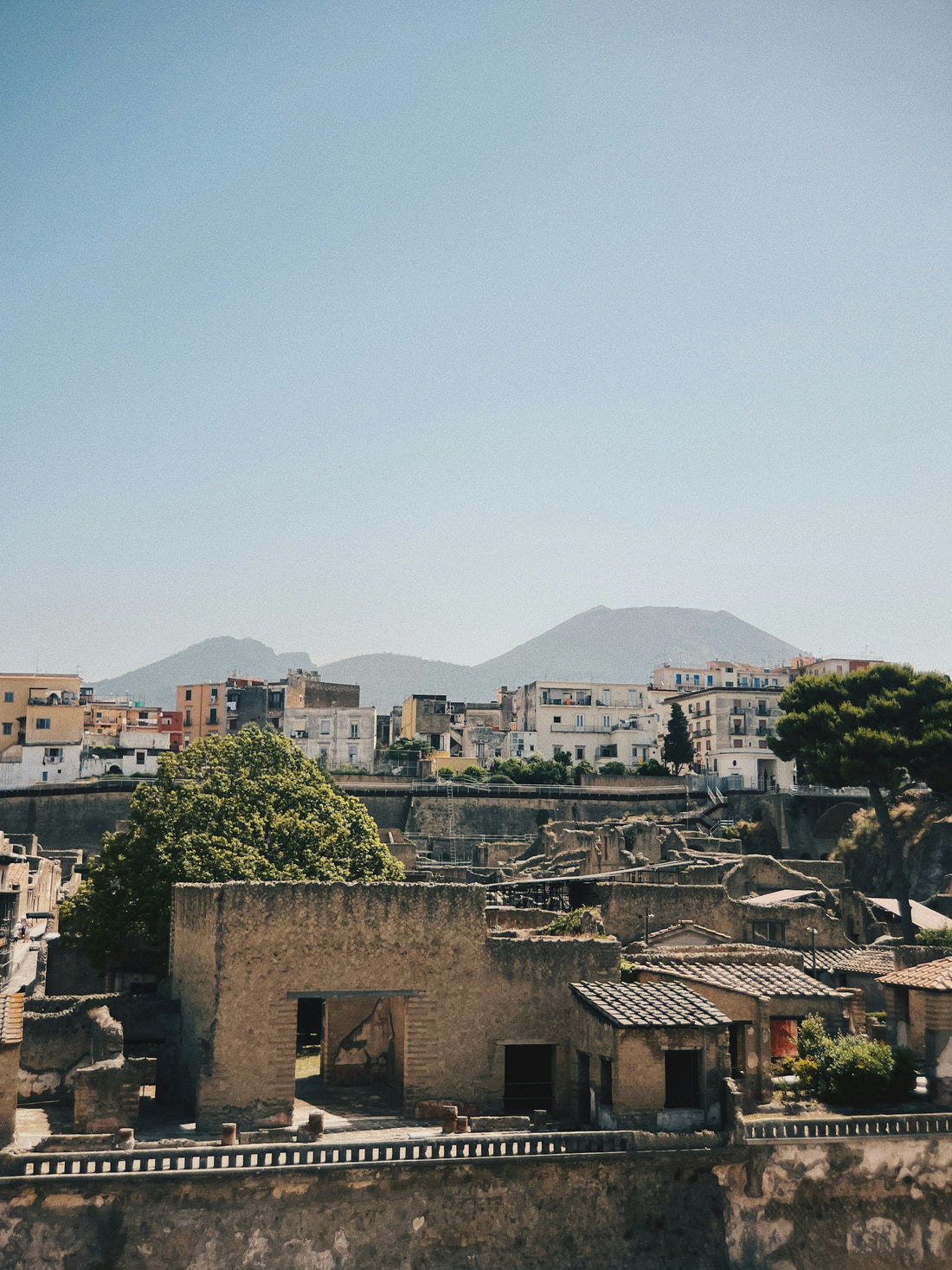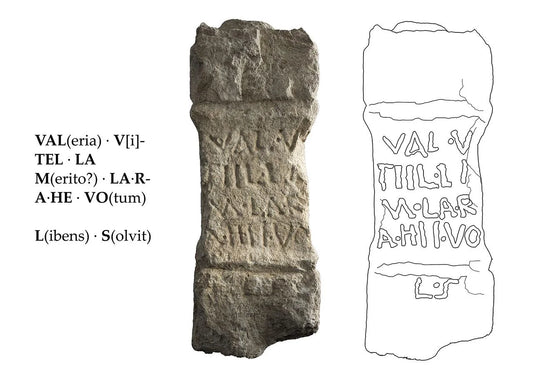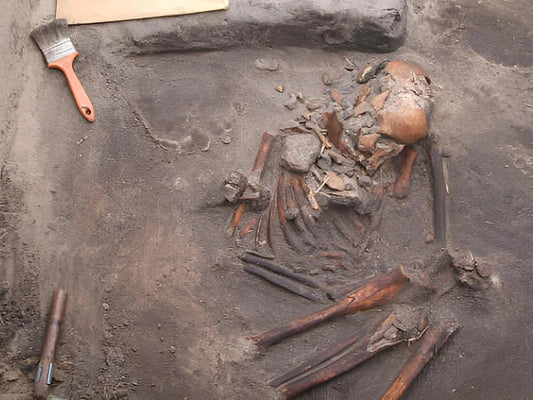
Ancient Roman Beach Buried by Mount Vesuvius' Eruption Reopens to Public
Share
In a remarkable restoration project, the ancient beach in Herculaneum, buried by the eruption of Mount Vesuvius in 79 CE, has been reopened to the public.
This ancient site, where more than 330 residents sought refuge during the catastrophic event, offers a poignant glimpse into the final moments of one of history's most famous volcanic disasters.
Herculaneum, a seaside resort town, was once a thriving community before it was entombed in volcanic ash and pyroclastic material. The beach's restoration involved extensive archaeological work to excavate and preserve the site, making it accessible for visitors to walk in the footsteps of the ancient Romans.
The beach is a significant archaeological site because it provides tangible evidence of the lives and deaths of those who perished in the eruption. Visitors can now see the remnants of the structures and artifacts that were buried for nearly 2,000 years, offering a unique window into the past.
Takeaway: The reopening of the ancient beach in Herculaneum is a testament to the dedication and expertise of archaeologists and conservators. It allows the public to connect with history in a profound way, standing on the very ground where ancient Romans experienced their last moments. This project underscores the importance of preserving historical sites and making them accessible for educational and commemorative purposes.
Photo by Skyler Smith on Unsplash













